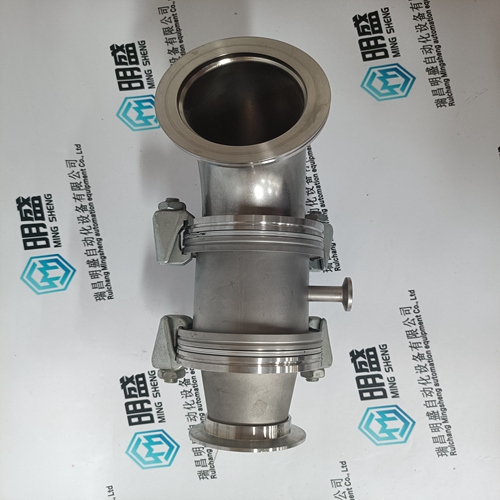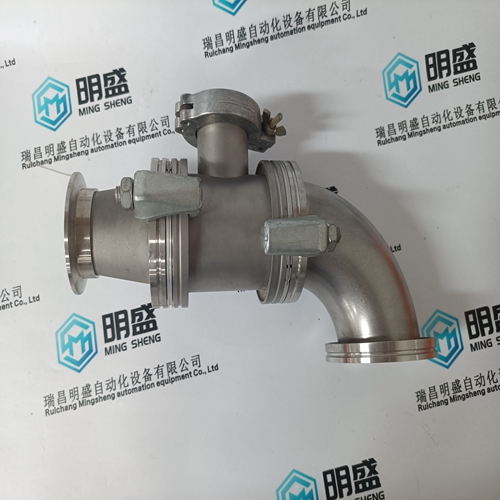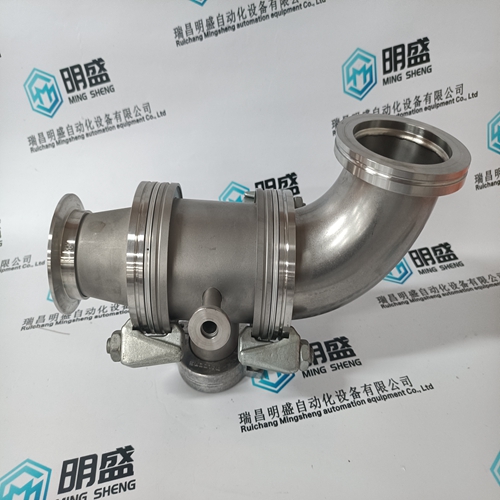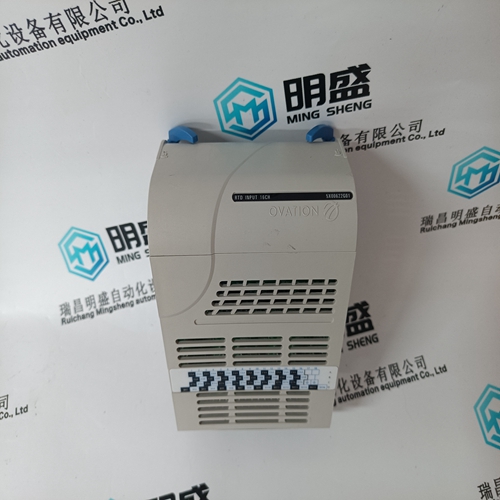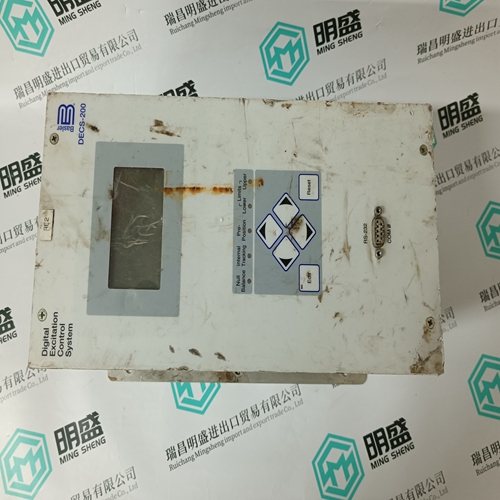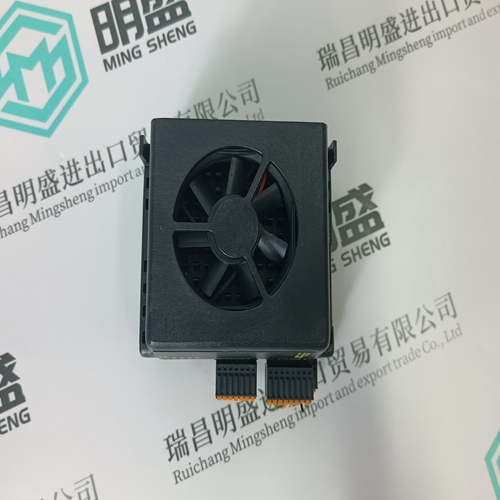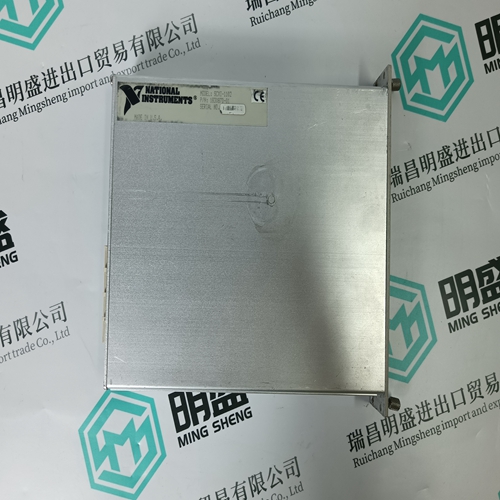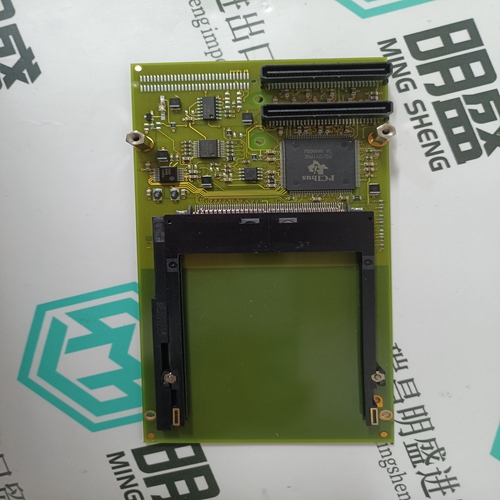Home > Product > Robot control system > BALZERS IKR020 base
BALZERS IKR020 base
- Product ID: IKR020
- Brand: BALZERS
- Place of origin: the United States
- Goods status: new/used
- Delivery date: stock
- The quality assurance period: 365 days
- Phone/WhatsApp/WeChat:+86 15270269218
- Email:stodcdcs@gmail.com
- Tags:BALZERSIKR020base
- Get the latest price:Click to consult
The main products
Spare parts spare parts, the DCS control system of PLC system and the robot system spare parts,
Brand advantage: Allen Bradley, BentlyNevada, ABB, Emerson Ovation, Honeywell DCS, Rockwell ICS Triplex, FOXBORO, Schneider PLC, GE Fanuc, Motorola, HIMA, TRICONEX, Prosoft etc. Various kinds of imported industrial parts
Products are widely used in metallurgy, petroleum, glass, aluminum manufacturing, petrochemical industry, coal mine, papermaking, printing, textile printing and dyeing, machinery, electronics, automobile manufacturing, tobacco, plastics machinery, electric power, water conservancy, water treatment/environmental protection, municipal engineering, boiler heating, energy, power transmission and distribution and so on.
BALZERS IKR020 base
The information and instructions in all of the documentation supplied and any other instructions must always be observed to eliminate hazardous situations and damage. For special versions of the machines and equipment, the information in the associated catalogs and quotations applies. Further, all of the relevant national, local land plant/system–specific regulations and specifications must be taken into account. All work should be undertaken with the system in a no–voltage condition! If this is not observed, this can result in injury.
Even after the disconnection of all power, a dangerous residual voltage greater than 60 VDC can still be present. With capacitor modules, this hazardous voltage can be present for up to 30 min. In order to ensure that no hazardous voltages are present, the voltage must be first carefully measured (generator principle when motors are rotating). If this is not observed, then this can result in injury due to electric shock. For this reason, opening the device or removing the cover is permitted only after up to 30 minutes have elapsed (depending on the degree of expansion) since the device was switched to the voltage–free state. All covers must be reattached before the line voltage is switched on. Operation of the plant with damaged DC link covers is not permitted!
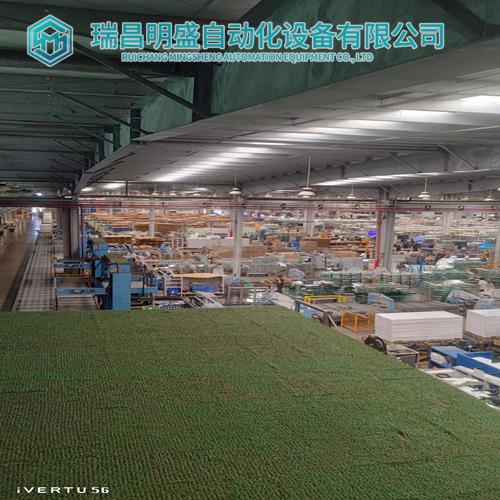
ElectroStatic Discharge Sensitive Devices
Components, which can be destroyed by electrostatic discharge are individual components, integrated circuits, or boards, which when handled, tested, or transported, could be destroyed by electrostatic fields or electrostatic discharge. These components are referred to as ESDS (ElectroStatic Discharge Sensitive Devices). Handling ESDS modules: When handling devices which can be damaged by electrostatic discharge, personnel, workstations and packaging must be well grounded! Generally, electronic modules may not be touched unless work has to be carried out on them. Personnel may only touch components if – they are continuously grounded through ESDS wristlets, – they wear ESDS shoes, ESDS shoe grounding strips in conjunction with an ESDS floor surface. Boards/modules must only be placed on conductive surfaces (table with ESDS surface, conductive ESDS foam, ESDS packaging, ESDS transport container). Modules may not be brought close to data terminals, monitors or television sets (minimum clearance to the screen > 10 cm). Do not bring ESDS–sensitive modules into contact with chargeable and highly–insulating materials, such as plastic sheets, insulating table tops or clothing made of synthetic materials. Measuring work may only be carried out on the components if – the measuring unit is grounded (e.g. via a protective conductor) or – when floating measuring equipment is used, the probe is briefly discharged before making measurements (e.g. a bare–metal control housing is touched).
If static discharge occurs on surfaces
or interfaces that cannot be easily accessed, malfunctions and/or defects will result. ! Warning When the system boots, this represents a critical operating state with increased risk. In this phase, especially when activating drives, it is not permissible that personnel are close to the hazardous area. ! Warning After hardware and/or software components have been modified or replaced, it is only permissible that the system runs–up and the drives are activated with the protective devices closed (could possibly result in death). Personnel shall not be present within the danger zone. It may be necessary to carry–out a new, partial or complete acceptance test after every change or replacement. Before entering the hazardous area, it should be carefully checked that all of the drives exhibit stable behavior by briefly moving the drives in both directions
